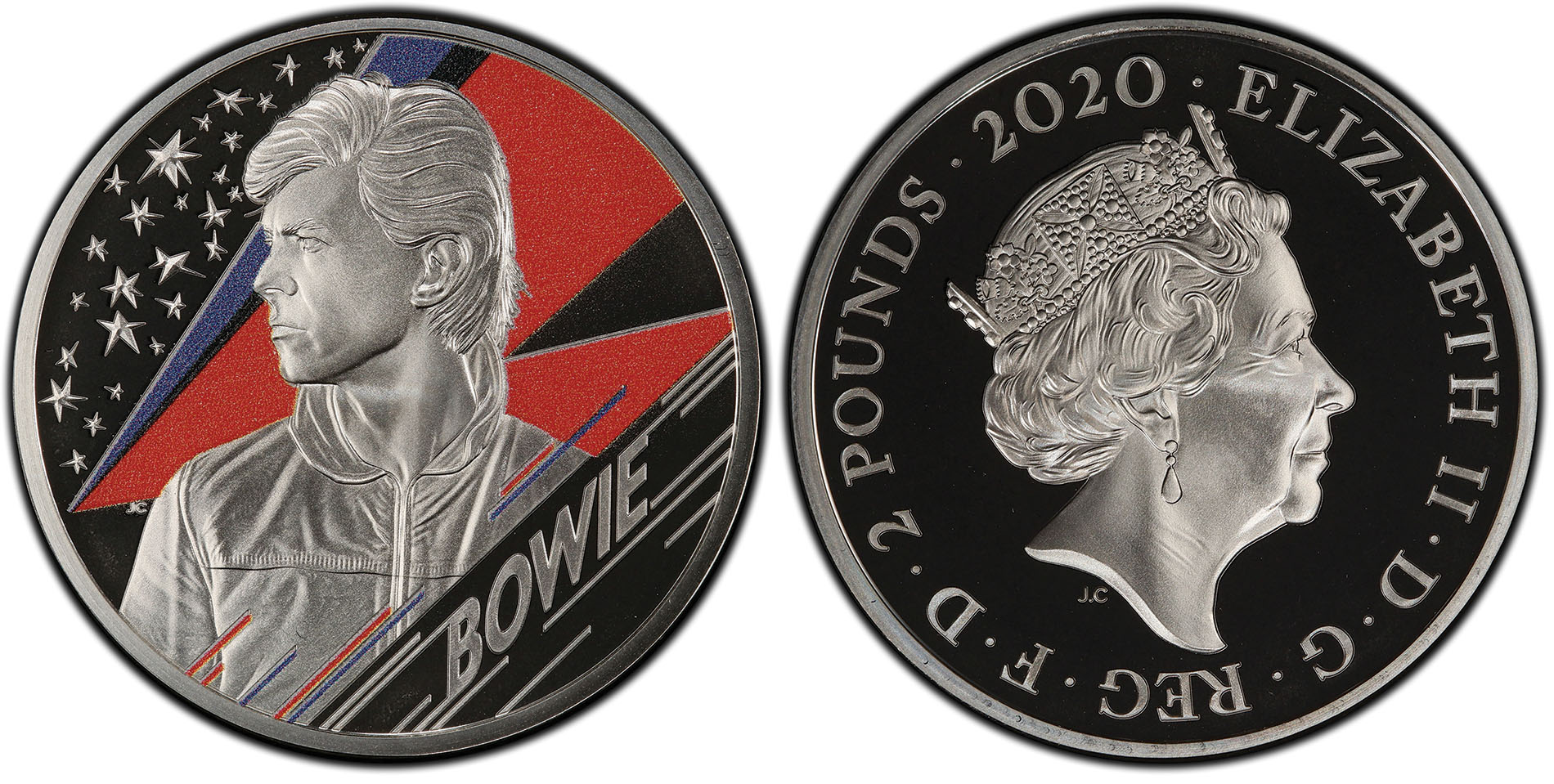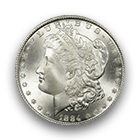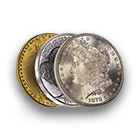Early United States commemorative coins were predominately created as a money-raising tool to fund a specific project, an alternative to raising taxes. Between 1892 and 1954, Congress authorized the U.S. Mint to produce 180 silver and gold commemorative coins to depict 53 different events and individuals. With concerns that bills being introduced were beginning to commemorate events that were not of local interest, Congress passed legislation that ultimately put a halt on already approved coins, in 1939. An exception was made seven years later in 1946, with the Iowa Centennial and the Booker T. Washington Half Dollars.
The purpose of the Booker T. Washington Half Dollar was to raise money for the maintenance of his memorial birthplace in Franklin County, Virginia. The plan came from Washington’s former student, Sydney Phillips, who teamed up with Washington’s daughter to create a commemorative coin that honored her late father. The idea was taken to Congress and on August 7, 1946, the House Resolution 6528 Act was introduced to authorize the coinage of 50-cent pieces.
Originally to have been designed by Charles Keck, who created a clay sculpture of the late educator in 1922 titled, ’Lifting the Veil of Ignorance,’ the final and approved design came from another former student of Washington’s, Isaac Scott Hathaway, who would now be known as the first African-American artist to design a U.S. coin.
The Half Dollar was minted in silver for six years between 1946-1951 at the Philadelphia, Denver, and San Francisco Mints. For the first two years, mintages were huge. In fact, over a million were minted in 1946 at the Philadelphia Mint while year’s 1948-1950 had a lower mintage of 6,000-8,000 at the Philadelphia and Denver Mints. The coin was not very popular at the time of issue but many survive today. They are one of the more available issues in the Silver Commemorative series.
Let’s take a look at the first three years (1946-1948).
The typical 1946 Philadelphia BTW Half Dollar is quite frosty. Not quite rare to find in PCGS MS65 and MS66, due to the flatness of the design and propensity for marks. Examples graded PCGS MS67 and higher are quite rare. This can be said for all Booker T. Washington’s, so it's safe to say, it’s a design issue. (courtesy of PCGS CoinFacts®)
While the original mintage in 1947 was listed at 100,000 coins for each of the three Mints, in all probability the vast majority were melted as unsold. In fact, Dave Bowers estimates that 94,000 coins of each issue were melted, and the original distribution was only 6,000 coins for each Mint. These coins weren't very popular at the time of issue and were considered a repeat amongst collectors. Today, all three Mints have similar survival rates in all grades. They are readily available in all grades up to PCGS MS66. Superb Gem MS67 examples are rare to find. Toning is an issue with these coins as they can be found with nice white luster, spectacular rainbow toning, and even with downright ugly, dirty-looking toning. As with most silver commemoratives, eye appeal is a huge factor. (courtesy of PCGS CoinFacts®)
Just like the 1947 BTWs, the 1948 Booker T. Washington’s were not very good sellers at the time of issue. For each of the three Mints, 20,000 coins were struck. Then, 12,000 were subsequently melted as ’unsold’, leaving a quantity distributed to the public at 8,000 for each of the Philadelphia, Denver, and San Francisco Mints. Today, the three issues are fairly available in Mint State grades up to PCGS MS66. However, they are rare in PCGS MS67 or better condition which is true for all BTWs. The problem lies within the marks on the relatively flatly designed face.
The three-coin sets (Philadelphia, Denver, San Francisco) had a face value of $1.50 and were sold for $7.50. So, at five times their face value, the people who bought them, kept them! This was not the case for the 1946 issues, which were made in such a large number, about 1,200,000 distributed, that they were only worth face value early on, so many were spent. The three 1948 BTWs are all about equal rarity. (courtesy of PCGS CoinFacts®)









 Copper & Nickel
Copper & Nickel
 Silver Coins
Silver Coins
 Gold Coins
Gold Coins
 Commemoratives
Commemoratives
 Others
Others
 Bullion
Bullion
 World
World
 Coin Market
Coin Market
 Auctions
Auctions
 Coin Collecting
Coin Collecting
 PCGS News
PCGS News